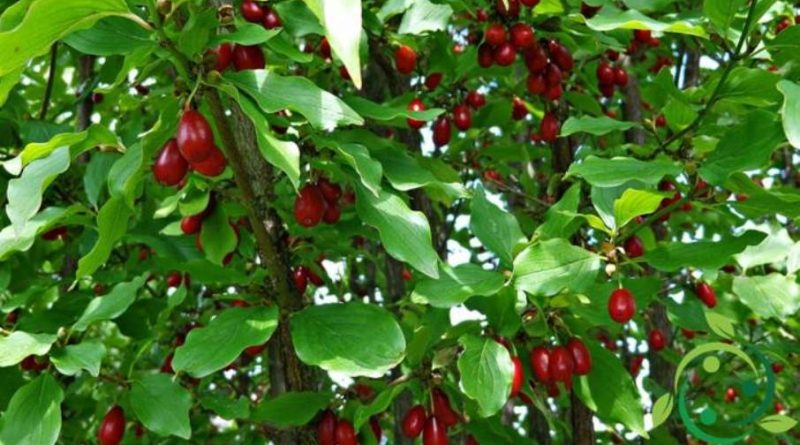How to grow the dogwood in a biological way
How to grow the dogwood in a biological way
Although the cornel (Cornus mas L.) fruit is a tree that is often grown in gardens for ornamental purposes and grows spontaneously especially in the woodlands of the Apennines, it is possible to grow it with the aim of producing its fruits ( carnelian). It is a plant that in the natural state grows mostly in a shrub form but can be raised as a small tree.
The use of this plant is however multiple; it ranges from fruits that can be consumed fresh, or to produce drinks, liqueurs, sweets, jellies, sauces, jams or used in gastronomic recipes. The carnelian can be preserved under alcohol (like cherries) and in brine (like olives) and have remarkable therapeutic actions for the tonic-astringent action of the fruits, against enteritis, in the treatment of skin diseases, joint pains and metabolism disorders. Also the roots, the bark and the wood find multiple applications. In short, a plant that does not throw anything.
The cultivation of cornel can be done both in the plains and in the hills up to an altitude of 1000 meters; attention to spring frosts, due to its early flowering; the dogwood prefers loose, well drained, fertile and moderately calcareous soils, although it is a plant that adapts to dry and stony soils but not compact and moist. The dogwood plant must be made between late winter and autumn with plants possibly purchased directly in nurseries in holes of 50 x 50 x 50 in which to insert a very rich mixture of the same soil with mature manure or compost (2- 3 Kg). If you have mother plants you can make semi-woody cuttings in June July, taking portions of branches about 10 cm long. Once the plant is placed, the soil must be lightly compacted. The dogwood, although it is a plant that resists very well to drought, it is good that in the first years of life it is supported by irrigations to be carried out in correspondence of too dry soil; subsequently, its physiology and its root system allow it to vegetate and produce even in dry areas. In this regard, the vegetable mulching technique that slows down the evaporation of the soil, the growth of antagonistic herbaceous plants for water resources and annually supplies, with its spare part, quantities of organic substance.
For pruning, it is advisable to follow its natural tendency, limiting the removal of the dry twigs and ventilating the inner part of the crown. The operation must be carried out before the spring vegetative restart. The carnelians ripen very late compared to the time of flowering: between late August and late September. The best time for carnelian harvesting is when it starts to fall from the tree.
In Italy there are several cultivars: “Golden Glory”, “Variegata”, “Aurea” and “Elegant”.
Among the animal pests that can affect the dogwood we remember: Red spider mite, Metcalfa pruinosa, Cochiniglia of the dogwood (Parthenolecanium corni), Hyphantria cunea, Ifantria or American caterpillar and the Oziorrinco; diseases of fungal origin are: Septoriosis, foliar maculature (Phyllosticta corniola), Verticillosis, Anthracnose, Ramri removers, root rot and rot of the collar. The techniques of cultivation without the use of synthetic fertilizers (nitrogen in particular), with good mulches and low irrigation, greatly reduce the danger of these adversities.

